Elgato Stream Deck
$ 149 | elgato.com
The Elgato Stream Deck is a small, customizable keypad primarily targeted at gamers who stream live content. I’m not a prolific gamer, but it occurred to me that the Stream Deck might also be a useful tool in my daily post processing work, cutting down on mouse clicks and keyboard shortcuts, and speeding up my workflow.
In my case that means a non-linear editor, or NLE, for video editing. However, the Stream Deck isn’t limited to NLEs; it can be used with just about any editing software such as Photoshop, Lightroom, or Premiere Pro.
Key features:
- 15 customizable keys, each with its own LCD screen
- 210 actions* available by using folders
- Macros** can be assigned to each key
- Different profiles and key sets can be created for different applications
The power of the Stream Deck is that each of the keys contains an individual LCD screen behind a concave plastic window. You may remember the Optimus Maximus OLED keyboard which, when launched in 2007, had a full qwerty keyboard with an OLED display on each key. The Stream Deck takes this idea and makes it more accessible at a price of $ 149.
Design
The Stream Deck’s fascia is aluminum while the body is plastic, with dimensions of 118 x 84 x 21mm (4.6 x 3.3 x 0.80 in) and it connects via a captive USB cable approximately 1.5m long. Included in the box is a lightweight plastic stand which allows the Stream Deck to sit at multiple angles, and it includes rubber feet on the bottom to stop it from sliding across your desk when you push a button.
 |
| The Stream Deck’s stand. It does the job, but as I discuss below there’s room for improvement. |
Setup
Out of the box, the Stream Deck does nothing, so the first step is to download the Stream Deck software from Elgato’s website, which allows you to completely tailor each key. It’s already loaded with several shortcuts for popular streaming software like Twitch, OBS, YouTube, etc. and these can just be mapped to the keys on the device.
However, my reason for buying the Stream Deck was to use it with Davinci Resolve, my NLE of choice, though it can be used just as easily with tools like Premiere Pro, Final Cut Pro X, or Lightroom. However, doing so requires a more involved setup process as there are no pre-configured shortcuts available for these applications.
To do this, I set up a new Davinci Resolve profile in the Elgato software that auto-loads when I run Resolve. This can be done for any software that’s being used, and therefore you can have multiple sets of shortcuts (210) for each program. It’s completely feasible to have different set ups for Resolve, Premiere Pro and Lightroom for example.
 |
| Configuring keys with the Elgato software. |
I created keys for common tasks, some of which were duplicates of already available keyboard shortcuts, but with larger dedicated icons I didn’t have to remember the shortcuts for some of the lesser used key commands. It also meant that some actions that used a three-key combination for something like ‘freeze frame’ could now be achieved with a single button.
There’s also a certain satisfaction in quickly navigating pages of shortcuts with a single button press. Trust me – you have to try it to appreciate it.
Customizing Keys
For the functionality that I wanted I needed to register the required Resolve keyboard shortcuts in the Elgato software. I also created icons for the buttons. Some of this was achieved with the Elgato Key Creator, which is web based, but quite a few of my keys were also constructed with Photoshop. Any image editing software will work as you only need to create a 288 x 288 pixel PNG file for each button.
There’s a certain satisfaction in quickly navigating pages of shortcuts with a single button press.
Like anything worthwhile, setup and customization took some time. At first it seemed a little involved, but effort spent configuring at the start saved more time later. I spent a lot of time making the icons for the buttons and assigning functions, but also some thought into where to place them and how far down into the sub pages to go.
But, I hear you cry, fifteen buttons is not enough! Well, in that case you can actually use one of the buttons to access up to fourteen more sub pages of buttons, each with another fourteen buttons on them (one is reserved for going back a page). In this case you can see the appeal of the screens providing labels and icons representing their function. I certainly couldn’t remember what each one did without them.
 |
| One example of a bespoke key set on the Stream Deck. |
However, the ability to customize the Stream Deck doesn’t stop there. With the help of software like Auto Hot Key for Windows or similar scripting software for Mac, scripts can be written and assigned to any button. This means if there isn’t an exact shortcut available in the software you want to use it with then you can record something like a simple mouse click on an on-screen button and assign it to a stream deck key. Although I haven’t used this yet, It might be something I look at doing in the future as my workflow evolves.
Workflow improvements
After working with the Stream Deck for a couple of weeks I’ve found it very useful, though not without making some adjustments. First, getting used to having the device placed to the left of my usual keyboard was a bit unusual (of course it can be placed anywhere). This, combined with the fact that I had to think and stop myself using the regular on screen buttons, also slowed me down initially.
After about half a day I found that my usual edit process had sped up, probably on the order of 20-30%.
After about half a day, however, I found that my usual edit process had sped up, probably on the order of 20-30%. Persistence pays off, and sometimes it’s all too easy to forget and go back to the old ways of working, but when I did I found that I slowed down again. After about a week or so of using it I needed to reorganize the button layout a bit, something I think will be an ongoing process.
Opportunities for improvement
Overall the Stream Deck works well and I’m impressed with the feel of the keys, however there are some improvements I’d like to see. First, I’d like the option for a detachable cable rather than a captive one. What happens if the cable get’s damaged? There have also been reports from some users of screen burn in on early units, but this seems to have been addressed in later ones and Elgato have been swapping out units with this issue.
 |
| The Stream Deck attaches to your computer using a captive cable. I’d prefer a detachable cable in case it gets damaged. |
The Stream Deck’s stand is just OK, and I’d like to see a way of making the unit fit more securely into it. The way it adjusts for different inclinations could be improved as well, such as having a much more positive lock into position. I would also like to see a more ergonomic version of the Stream Deck; three rows of five keys works, but it’s a bit cramped and the spacing could be better. The way my hand lies it would be better if it was wider, and I’d like to see they keys placed more naturally.
Elgato also makes the Stream Deck Mini with six keys. Perhaps there could be an option for a Stream Deck Max with 30 keys? I know this would probably take it out of the realm of being a pure streaming tool, but it opens up possibilities for other markets. If Elgato really wanted to they could compete with other control devices by adding knobs and sliders, but I guess this might be a little outside their key user base.
It is for you?
Considering it’s a product aimed at online gamers, the Stream Deck is a tool that can be easily adapted for use by photo and video editors to streamline and speed up everyday workflows. It can take time to set it up properly and develop the muscle memory required to use it, and will probably require some ongoing tweaks to get the most out of it, but the time invested up front will be saved in use.
Its usefulness will very much come down to the individual and their workflow. The more time you invest in getting things working correctly for you the more benefits you’ll see. I’ve yet to really use it to it’s full potential and I’ve already seen the benefit.
What we like
- Ease of use
- Customization options
- Cost
- Tactile feel
What we don’t like
- Stand design; positioning and adjustment could feel more positive
- Captive cable
*An action may be any function assigned to a key on the Stream Deck, such as a keyboard shortcut or combination of keys pressed simultaneously.
**If you use macros to create automated scripts on your computer it’s possible to map an entire macro to a single button.
Articles: Digital Photography Review (dpreview.com)







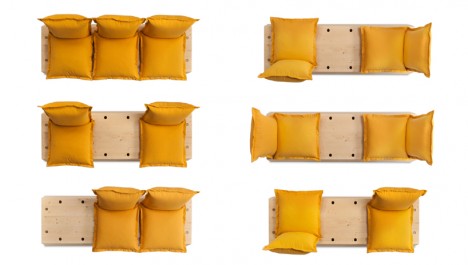
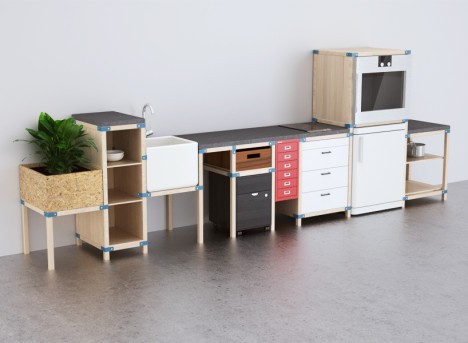
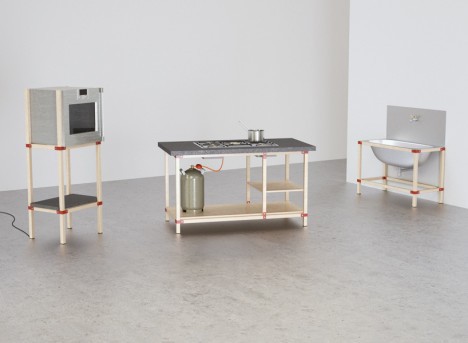
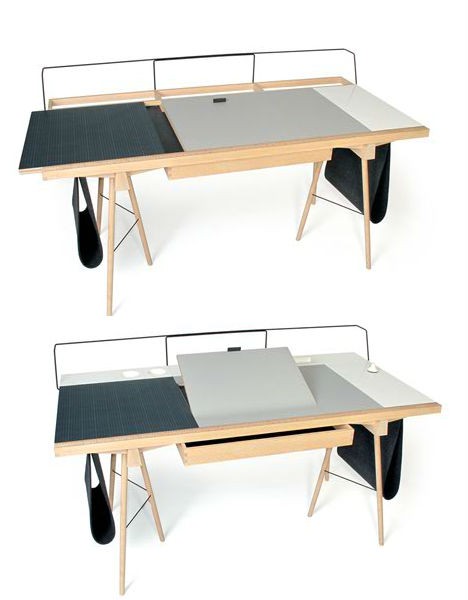
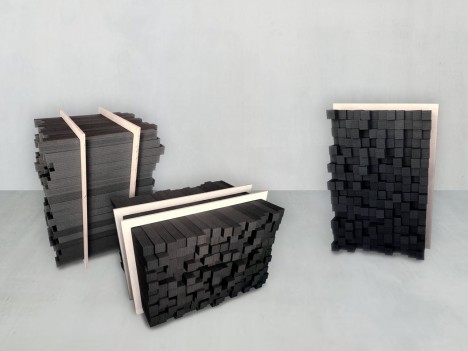
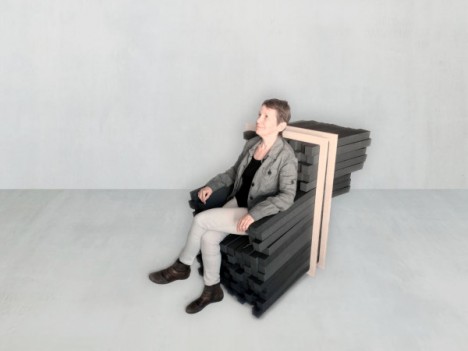
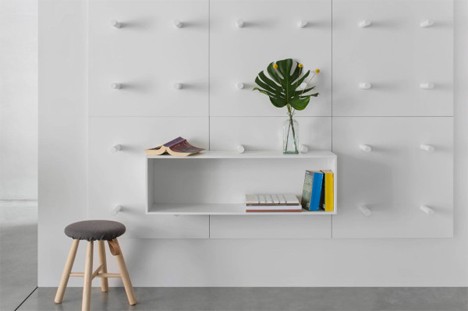
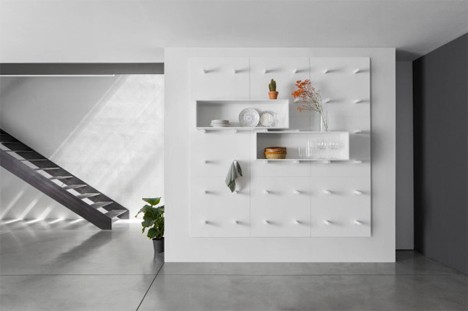
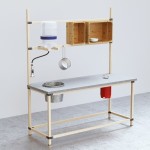
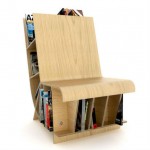
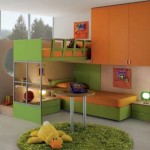




You must be logged in to post a comment.